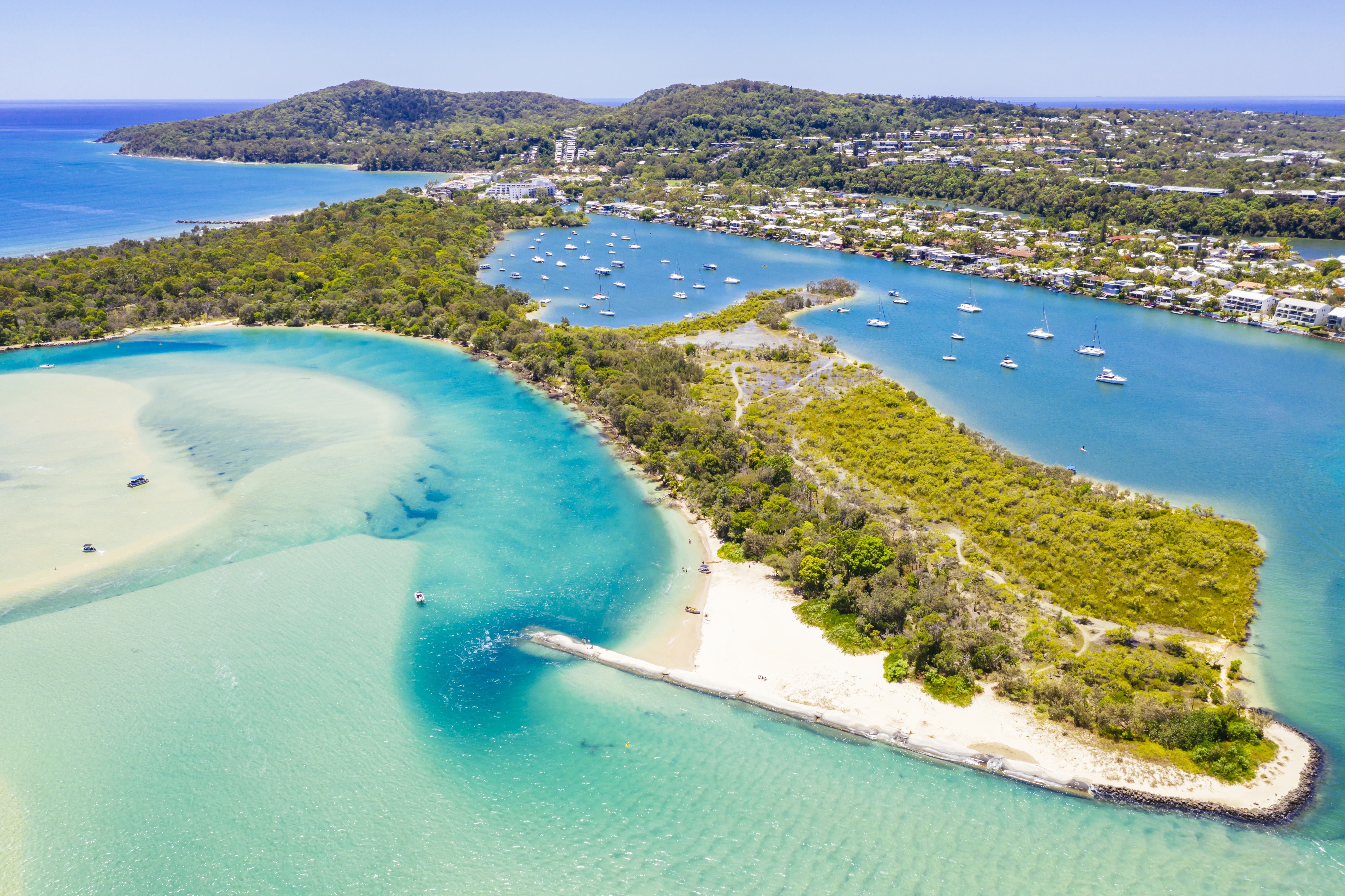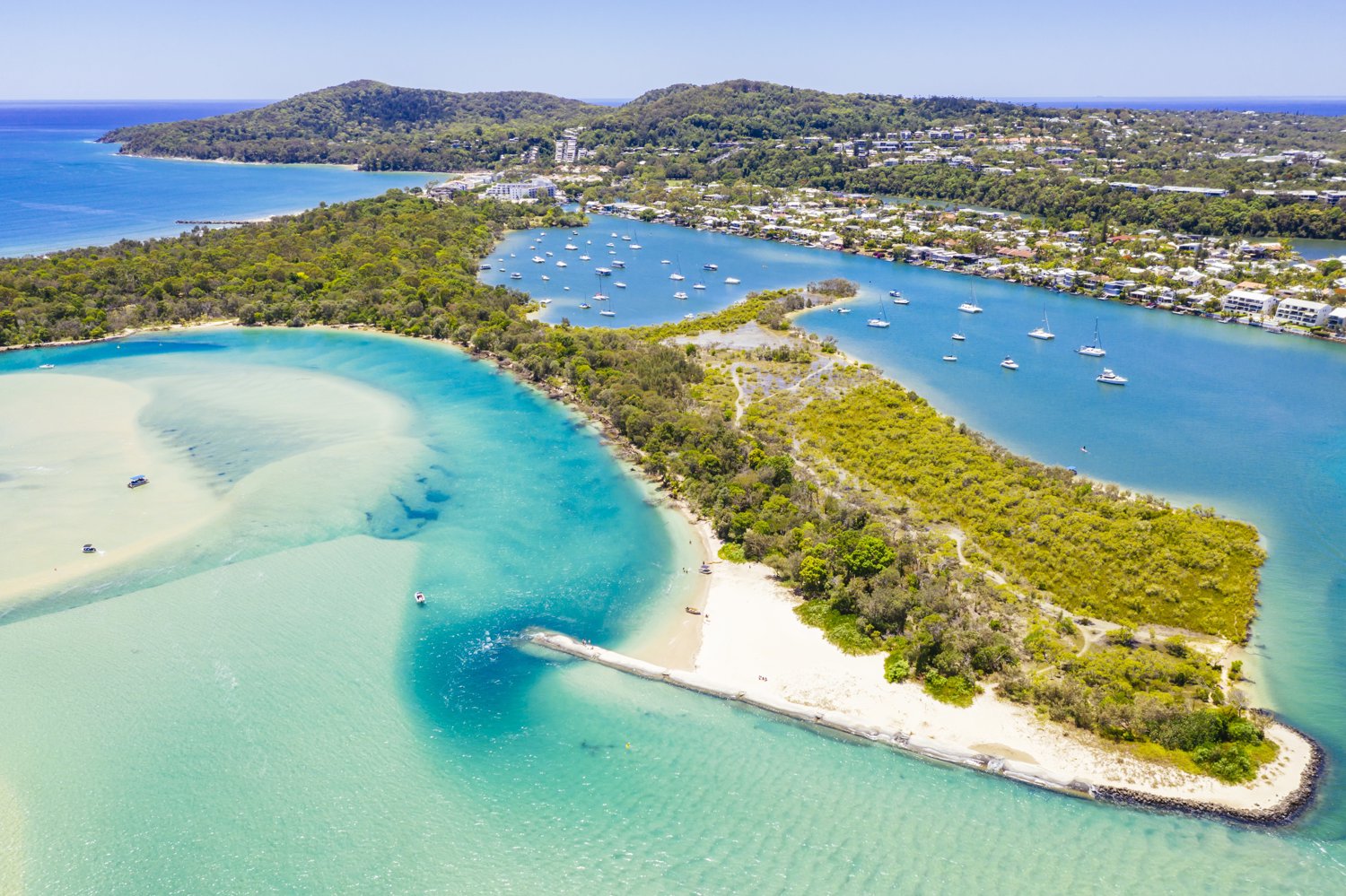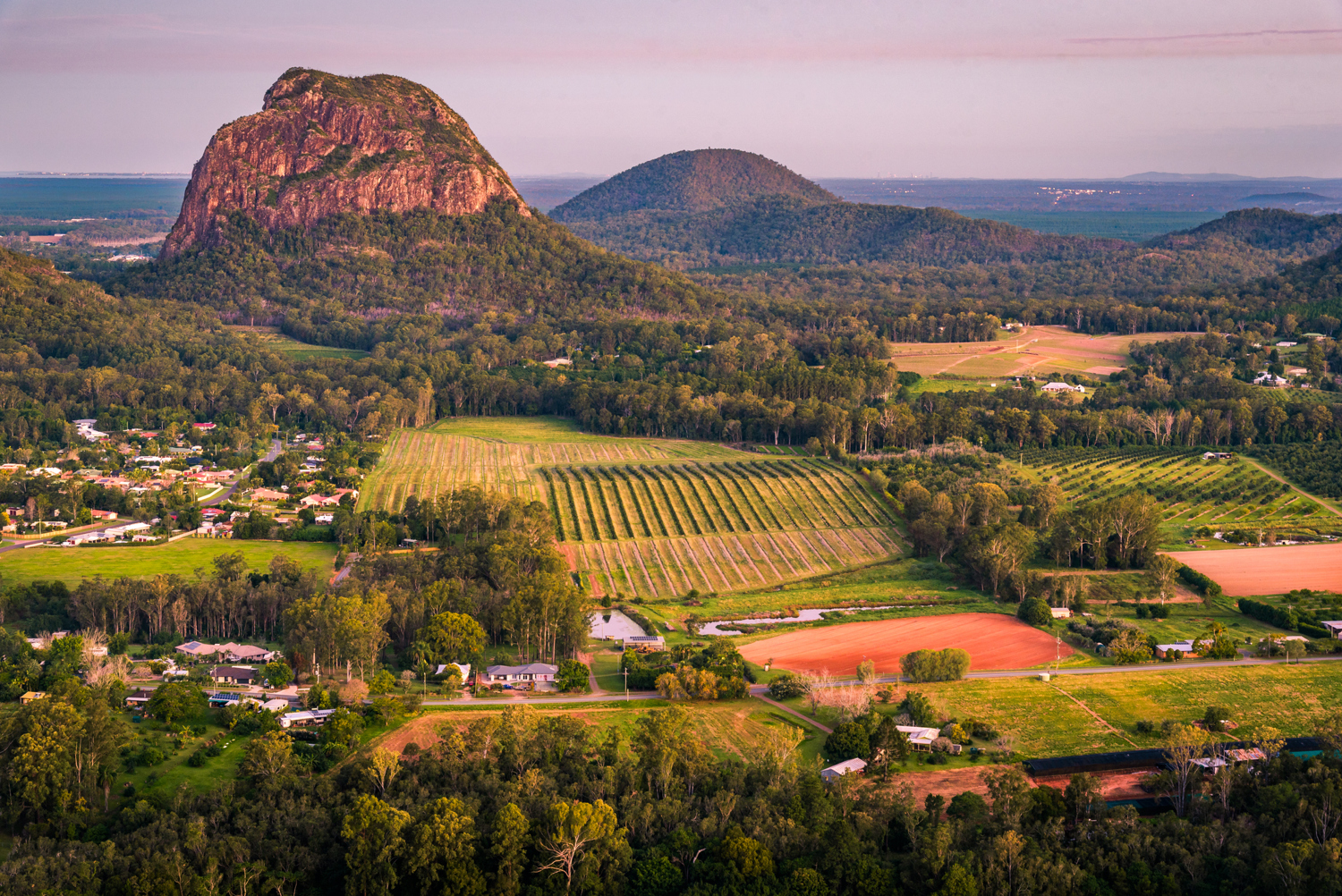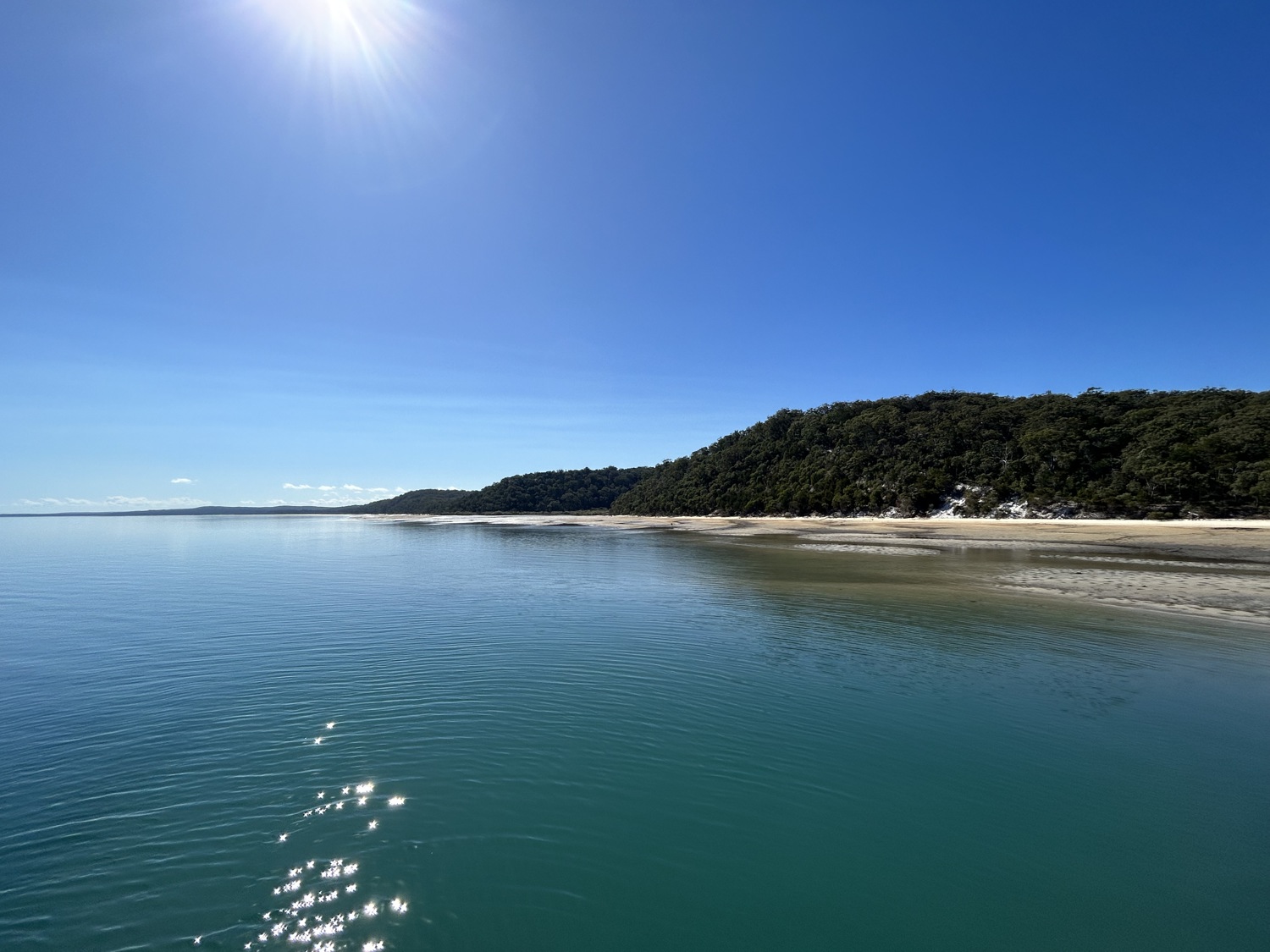If I ask you to picture a biosphere in your mind you might imagine a plastic bubble in the desert filled with an oasis of plants and animals.
And you’d be wrong, along with many others.
This idea of a giant research dome is the default for many, thanks largely to a 1996 comedy movie called Bio-dome.
Bio-dome was deemed one of the world’s most “unwatchably awful” films, and yet somehow, its key concept - an enormous research dome facility that becomes a prison for two bumbling college students – persists.
To be clear, a biodome is NOT a biosphere. And this International Day for Biosphere Reserves (3 Nov), it’s time we learned the difference:
- A biodome is an enclosed man-made ecosystem structure. A supersize dome accommodating a closed self-sustaining microenvironment of flora and fauna mainly for research purposes.
- A biosphere is a complex natural ecosystem that is not enclosed. It encompasses the humans that live within it, the things we build, as well as the conservation of the diversity of nature within it. It’s the natural environment where we live our lives.
What are the benefits of a biosphere?
Humans depend on all other life forms around us.
Trees give us shade, flowers give us bees, bees fertilise the food we eat. As humans, we hike mountains to move our body, we surf to clear our head, we watch the whales to feel calm. We sell food and experiences for our livelihoods, and amongst all of that we build our lives, our villages, towns, schools and our cities.
We benefit from the microclimate as the world warms up, and we shelter in structures that we continue to build as our population grows. Animals feel the impact of the choices we make.
Everything is interconnected and if a piece of the chain breaks, there are complex implications for us as humans.
It sounds obvious but in today’s busy modern world, we tend to forget that we rely on the success of a biosphere for our physical health, wellbeing, social and economic benefits.
So how do we protect a biosphere?
Gaining recognition as a UNESCO Biosphere Reserve is a major step toward protecting this complex ecosystem.
Biosphere Reserves help ensure the environmental, economic, and social sustainability of a region, by encouraging wise use of natural and human resources.
They demonstrate a tangible commitment to achieve the targets of the Convention on Biological Diversity’s Kunming–Montreal Global Biodiversity Framework. This framework designates 30 percent of the Earth’s land surface as protected areas and commits to restoring 30 percent of the planet’s degraded ecosystems by 2030.
UNESCO would not bestow the title of Biosphere Reserve unless a region met strict criteria, and that designation can be revoked any time if the criteria are not maintained.
As such, there are only 700 such reserves in the world (totalling 7,442,000 km²), and only five in Australia.
The University of the Sunshine Coast is fortunate to have campuses positioned across three such reserves spanning an estimated 222 kilometres, at Fraser Coast, Noosa and Sunshine Coast. They stretch from the world’s largest sand island at K’gari, through kilometres of coastlines and waterways up to the sub-tropical rainforests and mountains, spanning diverse and fragile ecosystems.
Could a biosphere break?
Technically, yes. We’re not talking about an imploding dome (remember, that’s a biodome), but the world is currently experiencing the sixth largest mass extinction event that could see many plants and animals die out.

We urgently need to restore the balance of the fragile and complex life-sustaining system that nurtures not just us humans but all forms of life we depend on.
As the Sunshine Coast population looks set to grow to 500,000 by 2041, we have a unique opportunity to show the world we can strike that balance between the ecosystem and urban development.
To ensure this, Biospheres require stewardship and deliberate protection for the current and future generations.
So who looks after a biosphere?
We all do.
Every one of us is a steward of the biosphere, whether we are picking a plastic wrapper off the beach, or we are choosing to cycle to work.
Not everyone is aware of their responsibility, or believes they have the time to care, but through citizen science, community events such as clean-up days, and communication efforts, we are encouraging people to consider the consumption choices they make that directly impact their local biosphere.
To protect our biosphere, we need to collaborate, connect, innovate and find solutions specific to our regions. We must tackle the impacts of climate change while improving the design and build in the natural environments where we live.
Along the way we might need to ask difficult questions and find solutions, about ourselves, our lifestyles that make up our everyday life, the technologies we use. Nature is hypercomplex and non-linear, so there is no simple path to success. Humans are hypercomplex too.
We must take research data, considerer what works, and what doesn’t. We need to tweak our approach as we go. After all, a biosphere is a place for learning about sustainable development.
Ultimately though, to protect our Biosphere Reserves in the face of rapid urban growth, we need to work together, to ensure that no one and nothing is being left behind.
To celebrate International Day of Biosphere Reserves, UniSC will host the NExt Forum: (Dis)connect – Humankind and the Biosphere, a chance for the public to discuss with researchers what life might look like if we embraced the notion of living in a biosphere.
Media enquiries: Please contact the Media Team media@usc.edu.au




